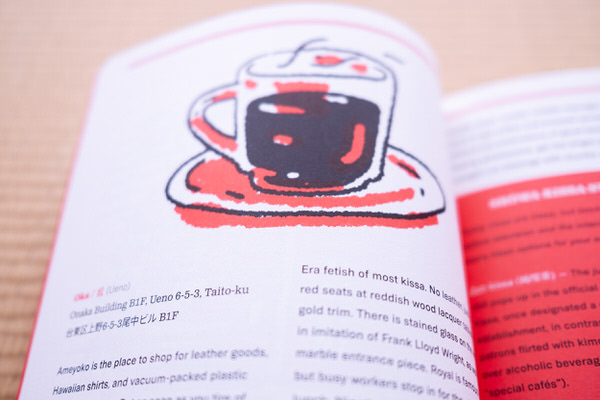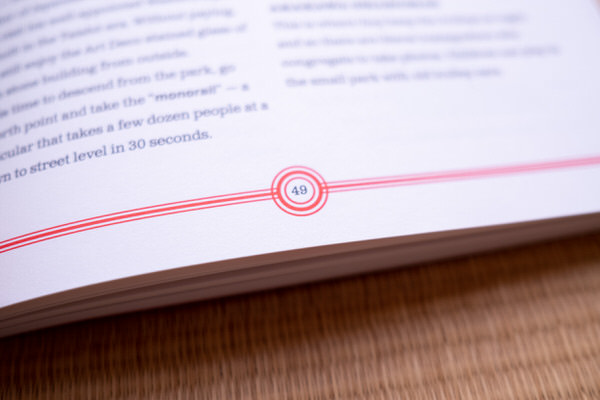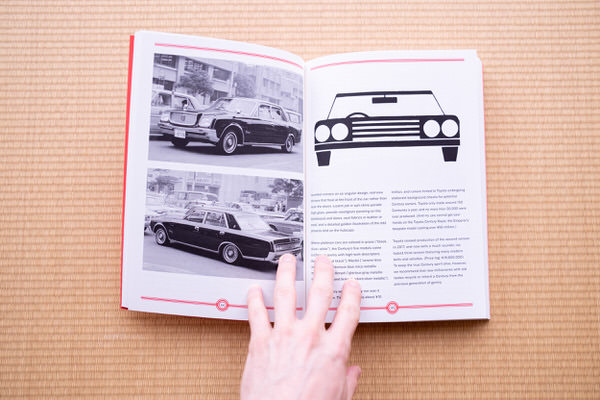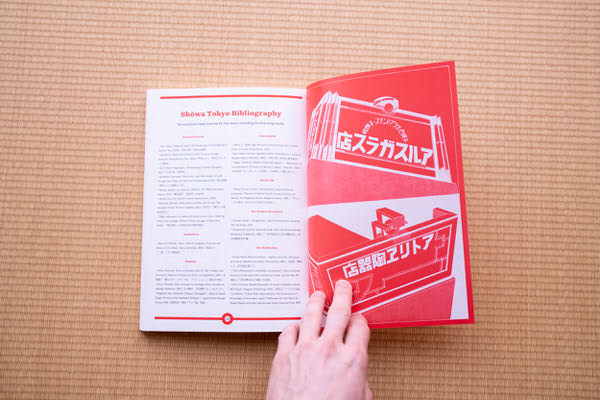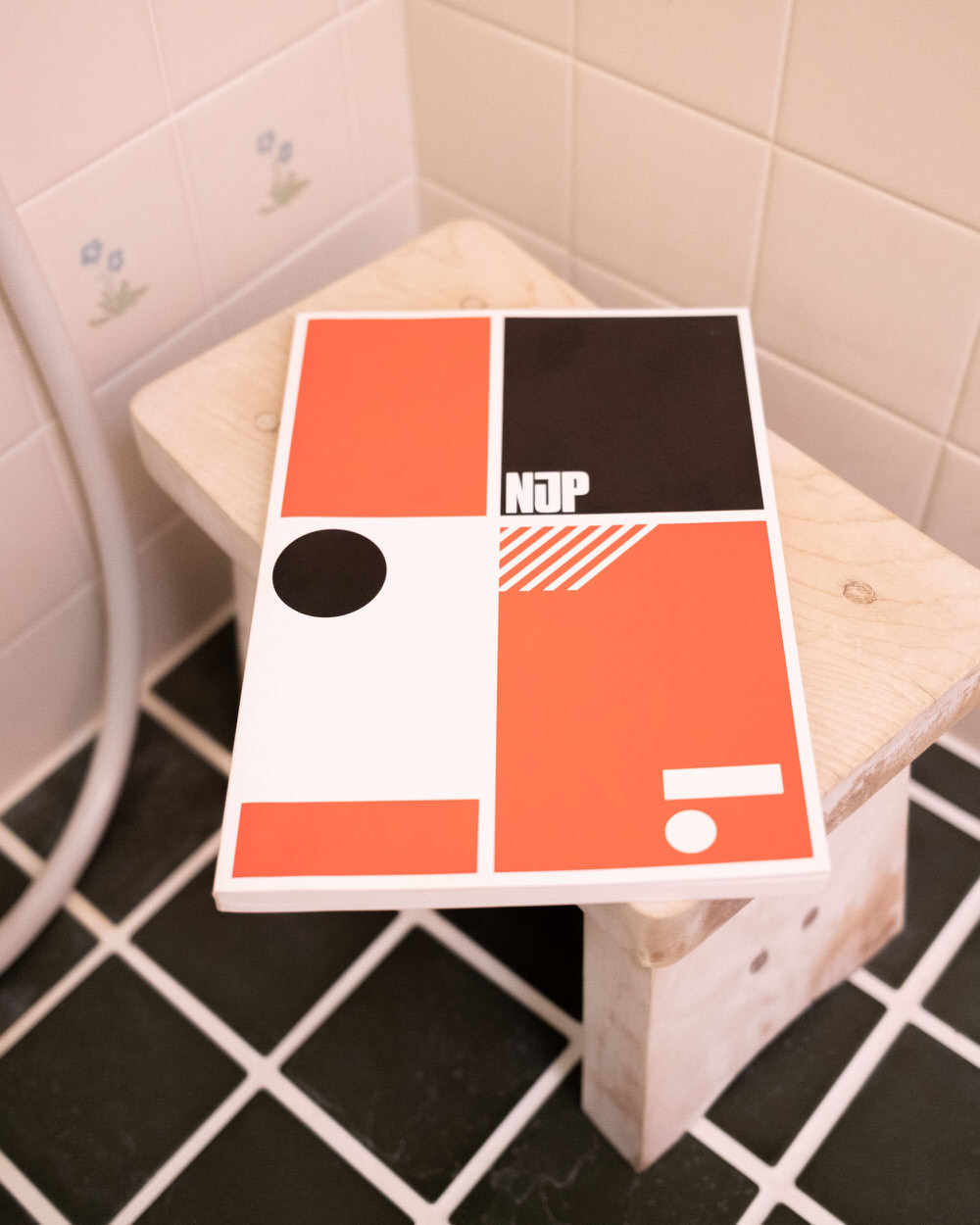
Yet-still-sheltered but wanna-be-walking folk —
My friends made a wonderful printed thing. It’s called NJP#1: Shōwa Tokyo and it offers you a glimpse into Tokyo circa 1926 - 1989. A big chunk of what emerged in that period is, obviously, still part of the city. So to spend time in Shōwa is to better understand Tokyo today.
The printed thing vibrates between magazine and book — it’s vaguely magazine shaped, but the driving ethos is firmly book-leaning. And it’s deliberately not online. The information shared is such that to put it online — to make it universally and immediately accessible — would potential ruin the places mentioned within. The shops and cafes highlighted are all small, often family run. This is a conundrum I’ve discussed before here on Ridgeline: How do you share what inspires you with a world that can so easily murder your object of admiration with attention?
I love where editor David Marx and designer Ian Lynam — the two founders of the publication — landed with NJP#1, co-opting the inherent slowness of print to upend the usual glut and shallowness of engagement inspired by cheap flights and social networks. And so the only way to know this thing, this time, this iteration of place — the only way to get their kinky insider-info into Shōwa cool — is to buy a dead tree and read it slowly in a bathtub.
It’s a beautifully designed thing, hefty but eminently portable, with thick-as-all-heck matte paper that almost cracks when you fold it sharp and two color printing and fat-rough-lined illustrations by Luis Mendo and Ryan Cecil Smith. It guides you to properly Shōwa-refined food, drinks, and coffee. It’ll tell ya where to find some good tobacco; because Shōwa was 100% smokes. After your smoke you’ll know where to bathe with the local riff-raff, backdropped by a requisite Mt. Fuji mural. You’ll know which boxy car to rent for the full Shōwa politician / yakuza / movie star vibe and which Shōwa-level inn to stay at after your long day exploring. You’ll glean a bit of Shōwa musical history and, against all editorial rationality, you’ll be gifted with three full spreads of student radical battle helmets — helmet designs and political ideologies all neatly laid out.
I like miraculous publications and NLP#1 neatly slots into that category. A (deliberately and intentionally) limited edition object for weirdos and dweebs like us. One could easily map out a number of city walks based on its intel. And even if you never plan to visit Japan, never plan to walk Tokyo, it’s enough to get the mind wandering down dusty historical paths you’d otherwise never encounter. In not so many words: It’s impressive.
I think they may even have a few copies left.
My Eater piece from December was Shōwa heavy, but the places I wrote about were so remote, so off of any path — let along one that may have ever been beaten, gently or otherwise — that my fears of The Horrible Crush destroying what I loved wasn’t even on the radar. Tokyo, though? Pre-COVID-19 the city has — like much of Japan, like most major cities in the world — undergone tremendous change, and so much of the delicacy that makes a certain slice of Tokyo (never mind an even more delicate city like Kyoto) special — the intimacy of the shops, quiet vibes, unspoken manners — has been rattled dizzy. I like the Lynam / Marx philosophy of keeping the good stuff close to the chest, but not so close as to totally obscure.
NJP#1 is smart and looks great. Thanks guys.
Until next week,
C
Fellow Walkers
“I grew up in a city where everyone drives. I drove too, until I moved away. Then, for years, I was a cyclist in a major city that has terrible cycling infrastructure, commuting on constant high alert. After one accident too many, I grudgingly began walking everywhere. At first I was irritated by how long it took to get around, but soon I was noticing things I’d ridden by over and over again without really seeing, and found myself enjoying the slower pace. Commuting turned into wandering turned into ravine walks turned into long hikes. I am grateful for this gentle and calm shift in the rhythm of my days.”
“My first walking trip was from home to school in the first grade. Even though I walk regularly, I always feels like I should be walking more. Walking is how I’m discovering Fredericton, the city I’ve been living in since 2014.”
(“Fellow Walkers” are short bios of the other folks subscribed to this newsletter. In Ridgeline 001 I asked: “What shell were you torn from?” and got hundreds of responses. We’re working our way through them over the year. You’re an amazing, diverse crew. Grateful to be walking with you all. Feel free to send one in if you haven’t already.)
